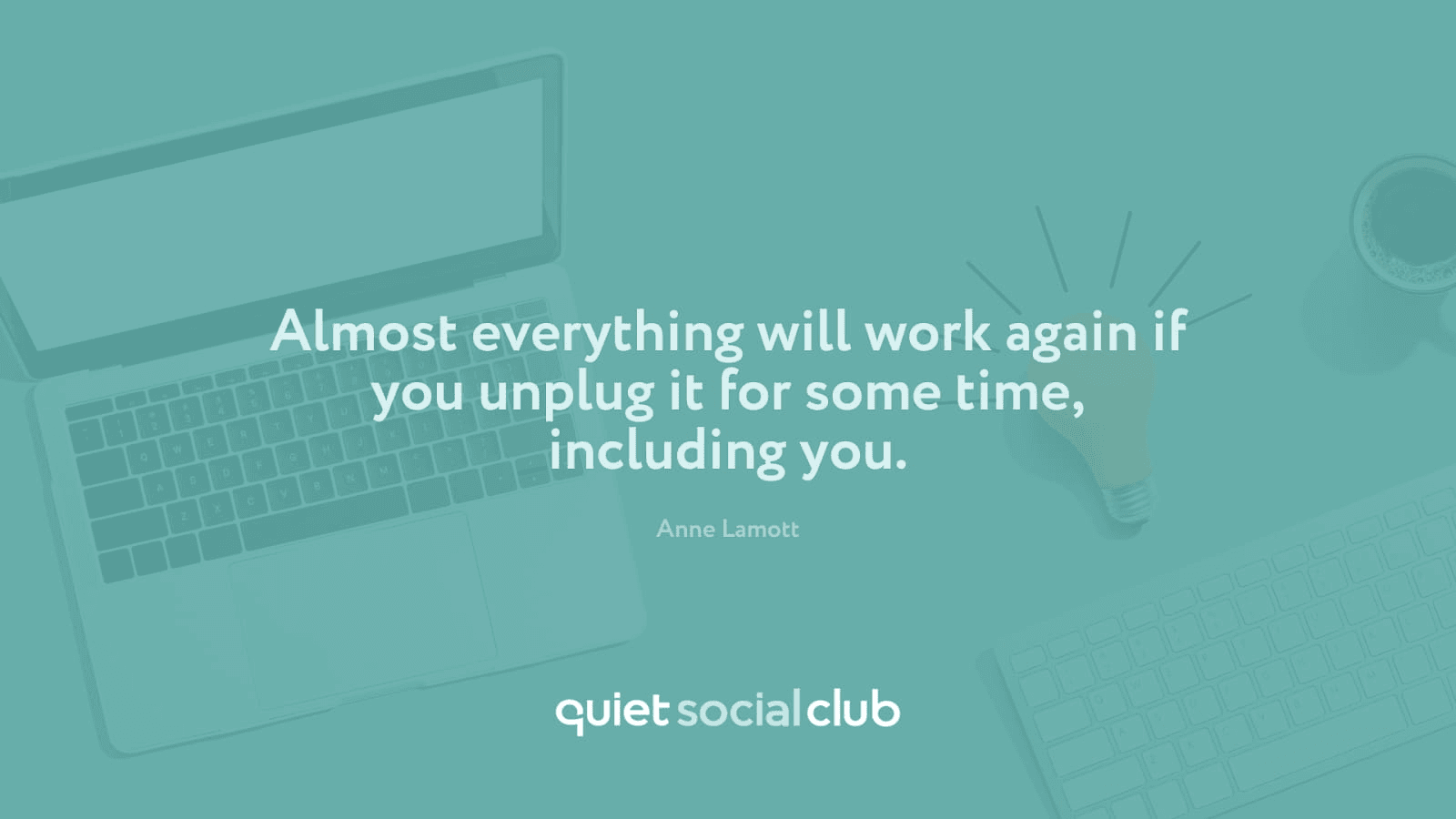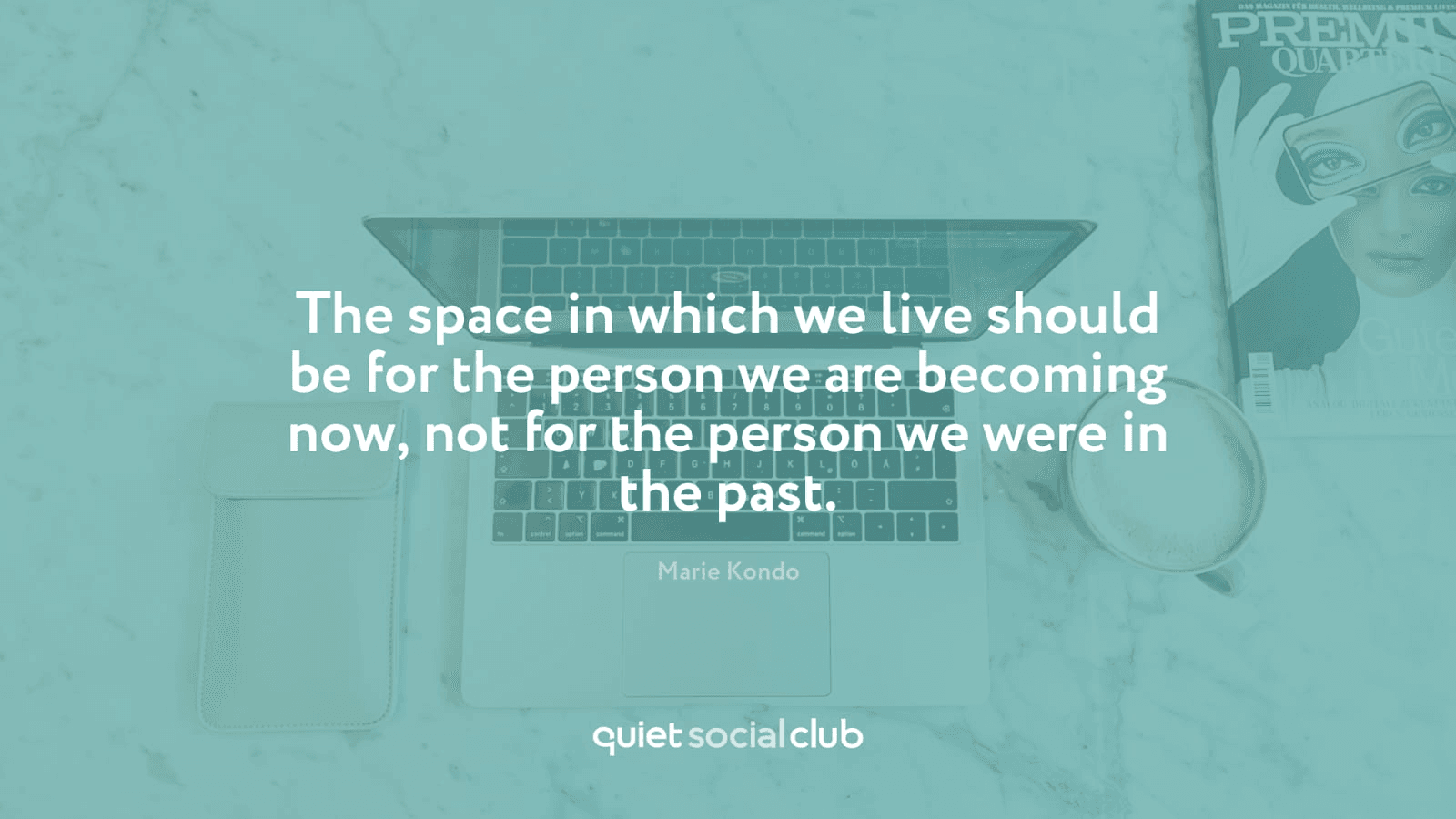Tech-Life Alignment: Why Digital Well-being is Key to Flourishing in the Digital Age

Technology has revolutionized every aspect of our lives. It has enabled us to connect, communicate, learn, and collaborate on a global scale with unparalleled ease and speed. The progress made in the last 50 years has fueled productivity, creativity, and innovation in ways that were once unimaginable. As you read this, you are experiencing the power of technology. However, amidst the benefits and possibilities, our connected lifestyle has also given rise to new challenges and sources of stress. You might have found it harder to focus, stay on task and to get things done. You might have felt less fulfilled and present in your social relationships. Your sleep quality might have worsened and you might have felt overwhelmed by the need to be online constantly. All of these factors has an impact on our digital well-being.
In a survey conducted in 2019 in the UK, 86% of respondents believed that technology has a negative effect on employee well-being. This is due to the inability to switch off outside of work hours. Additionally, 70% of people reported that technology interrupts family time at least occasionally. Furthermore, 75% of couples said that smartphones and social media distract them from having deep conversations. An increasing number of studies confirm that finding a balanced relationship with technology is no longer a luxury but rather an essential health practice.
Our growing dependence on digital platforms for our work and social life, the demands of a hybrid work environment, the advanced capabilities of artificial intelligence, and the constant availability of information and communication confront us with a number of unprecedented challenges. Digital well-being comes in with a roadmap, a compass and actionable practices for how we can achieve more balance in our daily lives. This helps promote well-being and productivity, foster meaningful relationships and support physical and cognitive health, on an individual, organisational and societal level.
What is digital well-being and why is it so important?
Digital well-being encompasses practices that promote well-being in its many forms, including mental, physical, emotional, social, and occupational well-being. It goes beyond simply reducing screen time and focuses on establishing a relationship with technology that enhances your values, goals, and priorities. This approach enables us to live a healthy, happy, and intentional life in the digital world. Research indicates that digital well-being practices have several benefits:
- Improved subjective well-being: Reducing screen time by just one hour per day can increase subjective well-being for months after (Brailovskaia et al., 2022).
- Enhanced cognitive functioning: Digital well-being practices support creativity, problem-solving, and memory by reducing information overload and enhancing attentional capacity (Ward et al., 2017).
- Stress reduction and resilience: Practicing digital well-being helps combat digital burnout and the effects of information overload (Kaplan, 1989).
- Positive impact on work-life integration: Establishing boundaries between work and home life is increasingly important in our hybrid work environment to reduce stress and prevent burnout.
- Improved focus and productivity: Digital well-being practices enable better management of distractions, leading to improved focus and productivity (Mark, 2023).
- Enhanced social relationships: Paying attention and being present in conversations promotes empathy, a critical element in building meaningful relationships with others (Turkle, 2015).
- Support for mindfulness: Practicing digital well-being fosters present-moment awareness and mindfulness, which positively affect well-being and resilience.
- Promotion of physical health: Digital well-being serves as a powerful antidote to the sedentary lifestyles and reduced sleep quality often associated with excessive technology use (Lockley, 2020).
Your Goals and Values are a Compass that can guide you
Defining Your Values and Priorities
Our increasingly connected lives don’t just affect us cognitively, socially, physically and mentally, but they also influence, in a very real way, the time we have in a day.
In a world where we can be online, browsing, messaging, liking, reading, watching, learning and working 24/7, it’s increasingly important to set deliberate and healthy boundaries when it comes to using technology. Defining your values, goals, and priorities serves as a compass. It provides direction and clarity amidst the constant flow of information and distractions. Knowing what is important to you, your values and priorities, will similarly make it clear what positively contributes to them and what doesn’t.
Reflecting on Core Values
Perhaps this is the first time you’re consciously thinking about your core values. To gain a deeper understanding of them, you can ask yourself a few simple questions:
- Who do I admire, and what values do they embody?
- When have I felt a strong sense of fulfillment and purpose? What values were guiding my actions at that moment?
- Conversely, when have I felt dissatisfied with myself? Which values was I neglecting at that time?
You can refer to a comprehensive list of core values for further exploration. Reflect on how technology can either support or hinder the expression of your values. Consider applying this reflective process to the different aspects of your digital life:
- Daily digital interactions: If “Family” is one of your core values, make it a habit to set aside digital devices when spending quality time with your loved ones.
- Choice of apps: If “Self-improvement” is important to you, consider using applications like Duolingo, Blinkist, or Audible to promote continuous learning.
- Subscriptions: Evaluate your subscriptions to ensure they align with your values. If “Positivity” is a core value, consider deactivating or removing subscriptions that contradict this value.
- Social media accounts: If “Authenticity” holds significance for you, curate your social media feed to include accounts that align with this value.
Remember that values can evolve or change in their priority and relevance throughout your life. It is beneficial to revisit this practice regularly, and you may even consider setting aside intentional sessions once a year.
Setting Daily Goals and Priorities
While reflecting on core values may be an annual or biannual activity, setting goals and priorities can be a daily practice. In this age of digital distractions, clearly defining our priorities becomes crucial in using our time deliberately and intentionally. Gloria Mark, author of “Attention Span,” suggests that practicing foresight can help manage distractions and optimize our mental and psychological well-being in a hybrid work environment. Start by asking yourself, “How do I want to feel at the end of the day?” By establishing your daily, weekly, monthly, and yearly goals and priorities, you can infuse intentionality into how you spend your time. This approach allows you to discern whether activities align with your goals or detract from them.
Intentionality doesn’t mean “productivity”
Integrating intentionality into your day doesn’t imply maximizing every free moment and meticulously scheduling every activity. It’s important to recognize that intentional planning is just as crucial as intentional rest. As humans, our cognitive resources are easily depleted in a digital world filled with constant Zoom calls, expanding to-do lists, overflowing email inboxes, and endless digital distractions. Taking breaks to replenish our cognitive capacity is no longer a luxury, but a necessary health practice. These breaks, whether a 15-minute stroll or meditation between meetings or study sessions, or a few hours away from digital devices in the evenings or on weekends, are essential for promoting quality thinking, creativity, and overall well-being. In the short term, to promote well-being and cognitive functioning. In the long run, to combat digital overwhelm, chronic stress and potential burnout.
Turning the theory into a lasting practice
When it comes to implementing digital well-being practices, our environment plays a pivotal role. Ivan Pavlov’s groundbreaking work demonstrated how our environment conditions our behavior, both consciously and subconsciously. Building upon this theory, Charles Duhigg introduced the habit loop. The theory consists of a trigger, a reaction, and a reward that reinforces the habit loop and eventually rewires the brain to automate the sequence of actions.
By leveraging principles from behavioral science, we can create a digital environment that fosters well-being, calm, and focus. There are many ways that you can create a digital space that promotes intentional and mindful tech usage. This may involve a digital declutter, establishing tech-free zones at home, using a digital balance tool or installing an app blocker, . You can find a free digital declutter workbook on the Quiet Social Club website. You can also head to our podcast for a guided audio digital declutter activity.
Once you have set up your environment to promote calm and focus, it becomes much easier to implement concrete digital well-being habits in your daily life.
What does digital well-being look like in daily life?
Integrating digital well-being practices into your personal and professional life can take various forms, including:
The journey is the way
- Spending the last 30 minutes of the day without digital devices. This allows you to avoid the blue light emitted from screens and promotes quality sleep.
- Dedicating the first 15 minutes of the day to setting intentions, meditating, or journaling instead of scrolling on social media.
- Turning off notifications and keeping your phone out of sight when you need to focus to minimize distractions.
- Putting your phone away when spending time with friends and family, allowing you to be fully present.
Digital well-being is not a destination, rather it is a process and personal practice. You can keep tailoring it over time to suit your individual needs. It’s not about adding another item to your to-do list, but about identifying the stressors and distractions in your life and designing your digital interactions in a way that promotes lasting well-being. Digital well-being is about getting back to the essentials. It is about thinking about what brings value to you, and setting in place systems that honour this balance. It helps you think about questions like “Is this in line with my values?”, or “Is this taking away from something that would bring me more meaning and joy?”
So as you embark on this journey, I invite you to think about what it is you want to make space for in your life? What would one more hour a day and a more present, focused mind enable you to do? Embracing digital well-being means switching things up, and letting a few things go. The ultimate goal is creating space — in your mind and calendar — for the things that truly matter to you and make you happy.
Want to get started? Join the IE Digital Well-being Challenge
There is no better way to implement new habits than with a fun group of like-minded people to keep you accountable and motivated along the way. Join the IE Digital Wellness Challenge and receive inspiration and ideas every week from experts in the field.
Article by Iliana Grosse-Buening, Founder of the Quiet Social Club

